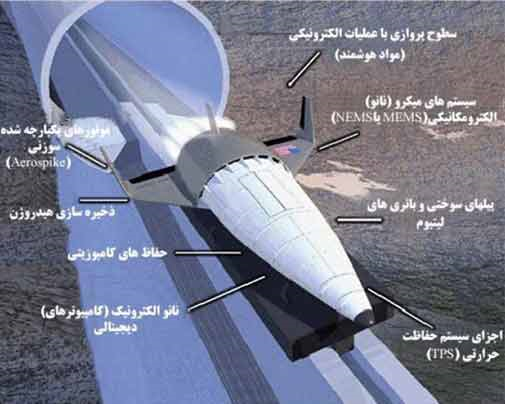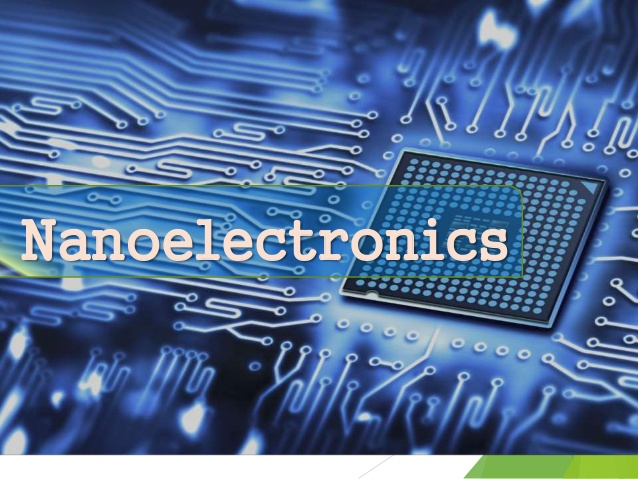Nano_Microelectronic systems in air-space projectiles (based on PhD in Nano-Microelectronics) (PhD in Education and Research)
Researcher and author: Dr. ( Afshin Rashid)
Note: Changes in the volume and redesign of electronic and telecommunication circuits based on nanoelectronic sciences can increase the efficiency and power of these electronic elements many times over. And higher hand in the marine industry; Military ; medical ; Electronic; Telecommunication; bring on.
1_ Nano-microelectromechanical systems NEMS and MEMS
Micro-electromechanical systems (MEMS), the integration of mechanical elements, sensors, actuators and electronics on a silicon basis by micron-dimensional fabrication technology, while the electronics are processed for use (IC). Component process), "BICMOS, Bipolar, CMOS micromechanical fabrication" for use in micromachining processes, suitable for selectively part-by-part with silicone tablets or the addition of new building layers to form shapes and shapes. Used, made. MEMS represents the new revolution in silicon integration products that is not based on microelectronics and micro-machine technology, which is to enable the full realization of "systems on a chip". Intelligent allows the completion of the computational ability of microelectrons by considering the capabilities of microsensors and micro-actuators and the development of possible design space and use. Microelectronics integrated circuits can be considered as the thinking brain of a system, and MEMS enhances this decision-making capability with eyes and arms to allow micro-systems to allow the environment to be measured by mechanical, temperature, and biological chemical measurements . They collect light and magnetism. The electronics then instruct the arms to display the information taken from the sensors and through some decisions to react by moving, stabilizing, adjusting, pumping and filtering . As a result, the environment is controlled for the desired demands . Because MEMS devices are built for use in group manufacturing methods such as integrated circuits , new levels of performance, reliability and skill can be afforded on a small silicon chip at a relatively "low cost" .
2_ Digital nanoelectronics (computers)
One of the industries that benefits most from the growth of nanotechnology is the electronics industry. Computers and their components are designed in such a way that they are constantly moving towards reducing and optimizing the dimensions of the components. In such a situation, the role of nanotechnology in the computer can draw attention to itself. Nanotechnology is the field of application of extremely small components together. In the case of computers, the goal is to put these nanometer components together to make computers faster, more powerful, and smoother in smaller volumes. Which are used in Nano_Microelectronic systems in air-space projectiles. Nanotechnology has played and will continue to play a major role in the design scenario of newer and faster computers. Nanocomputers and nano-assemblers are two new concepts introduced in "nanoscience". Making nano assemblers is actually an ultimate and important goal in nanotechnology. The nano-assembler actually makes it possible to provide a machine or mechanical structure similar to its own. When a complete nano-assembler is available, almost anything is possible, and this is the most important and greatest achievement of nanotechnology. At the macromolecular scale, making a copy is much easier than making a machine that can copy itself, but at the molecular level this is reversed; That is, building a machine that can copy itself makes it many times easier for us than building another machine, and this is the most important use of a nano-assembler.
Conclusion :
Changes in the volume and redesign of electronic and telecommunication circuits based on nanoelectronic sciences can increase the efficiency and power of these electronic elements many times over. And higher hand in the marine industry; Military ; medical ; Electronic; Telecommunication; bring on.
Researcher and author: Dr. ( Afshin Rashid)
PhD in Nano-Microelectronics




